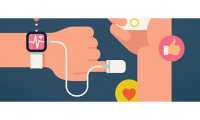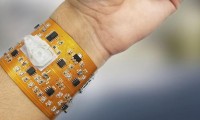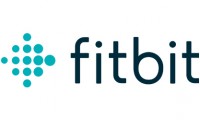-
Analysis reveals relationship between nutrient consumption and sleep timing
- Source: drugdu
- 153
- April 24, 2023
-
Wearable chronic pain reliever app – Quell 2.0
- Source: drugdu
- 393
- September 11, 2018
-
Verily Researchers Recommend Psychiatrists to Benefit from Analytics, Digital Sensors
- Source: HealthcareITNews
- 1,070
- August 28, 2018
-
Wearable Medical Devices, Your Constant Healthcare Companion
- Source: Ddu
- 1,260
- August 28, 2018
-
Are Wearable Medical Devices Here to Stay?
- Source: Ddu
- 1,419
- August 27, 2018
-
Biomedical Blockchain Research Center Opens at Mount Sinai
- Source: Healthcare IT News
- 801
- July 26, 2018
-
Fitbit’s Place in Remote Patient Monitoring Research
- Source: Ddu
- 610
- June 1, 2018
-
Market for Mobile Health Technology To Exceed USD 28 Billion In 2018
- Source: Ddu
- 913
- May 30, 2018
-
Indian Medical Devices Market – An Overview
- Source: Ddu
- 1,074
- May 28, 2018
your submission has already been received.
OK
Subscribe
Please enter a valid Email address!
Submit
The most relevant industry news & insight will be sent to you every two weeks.













